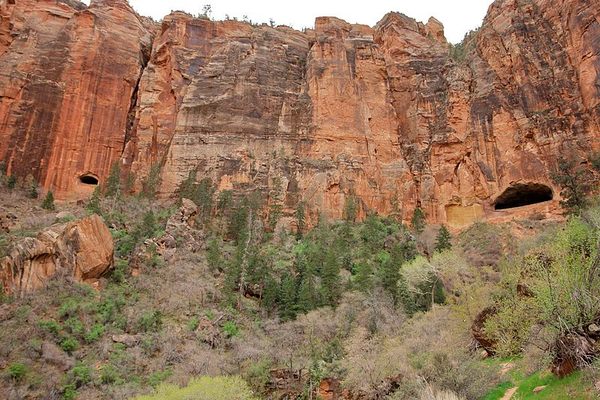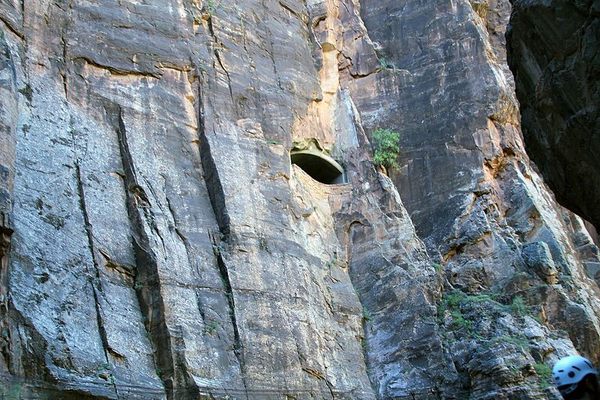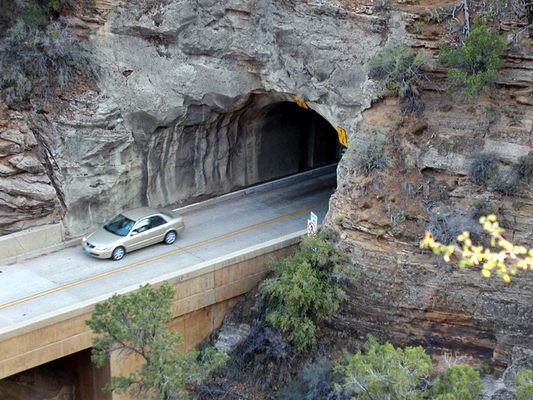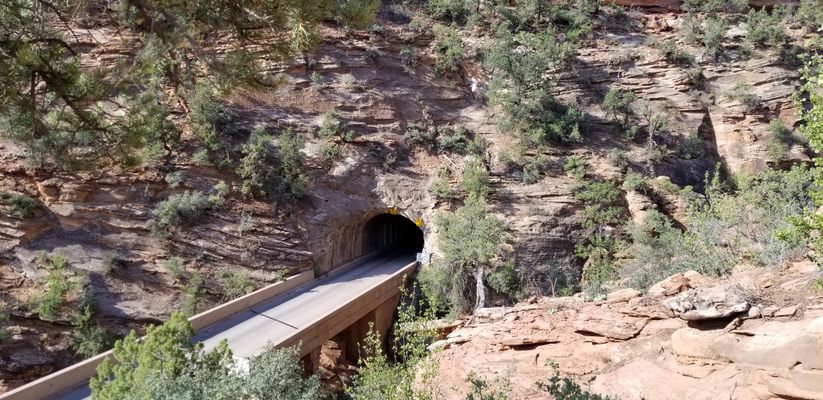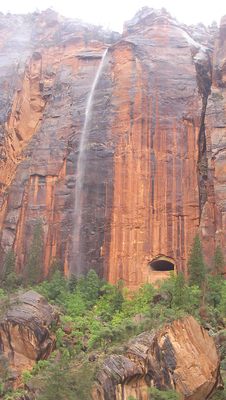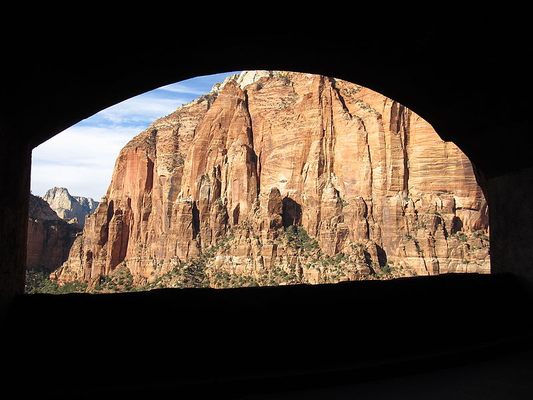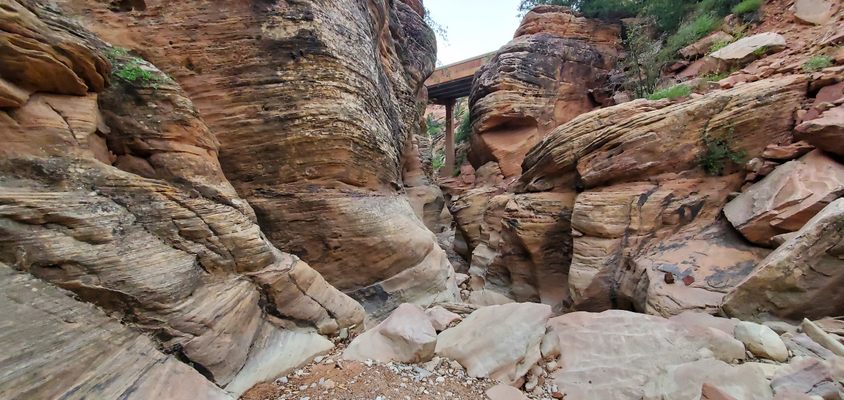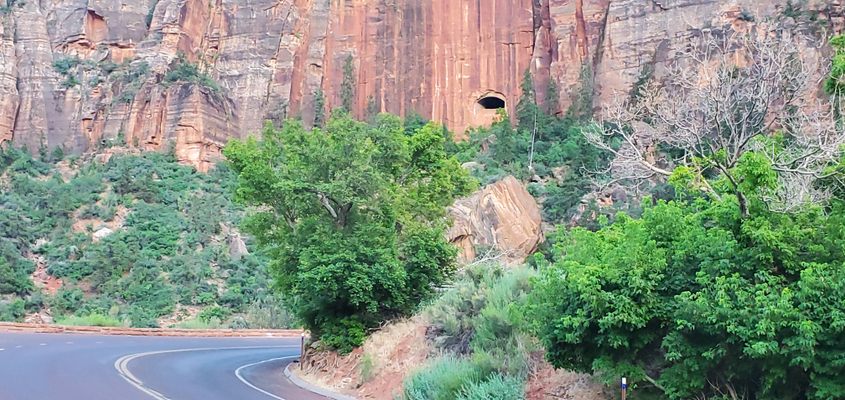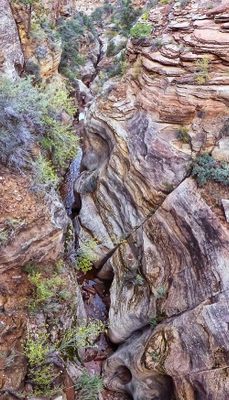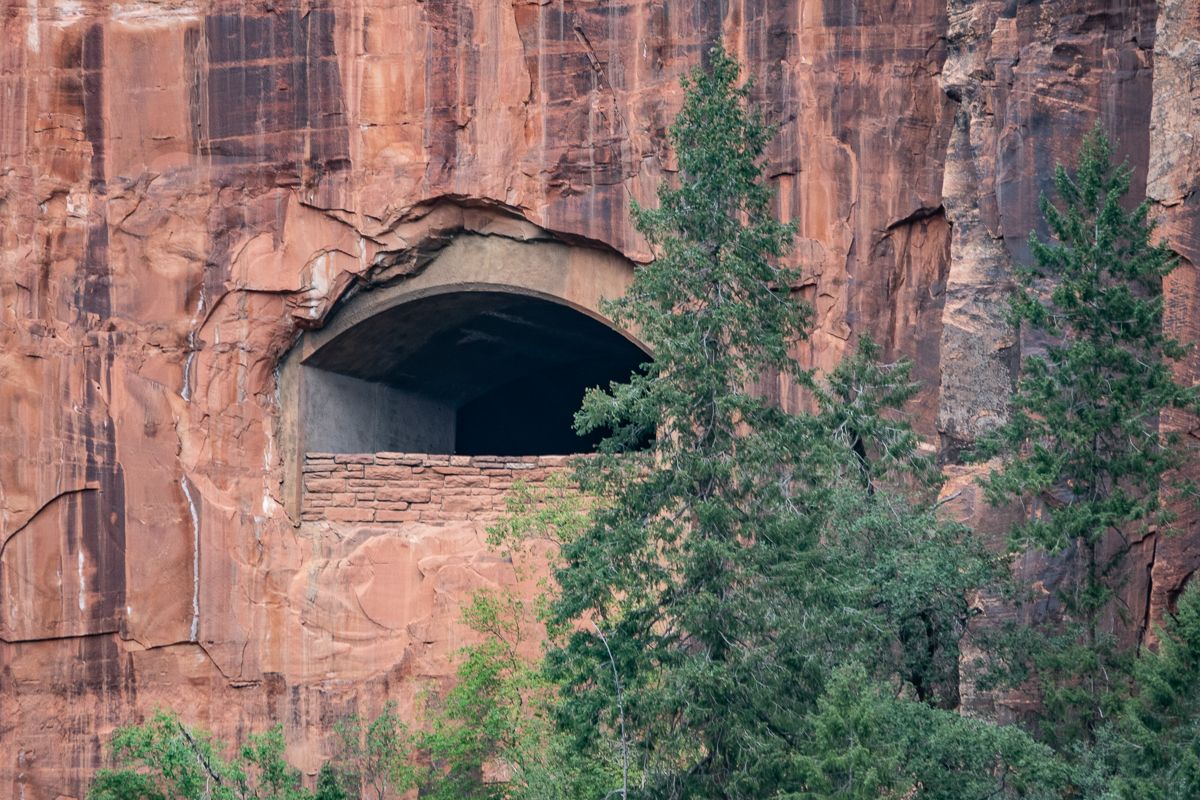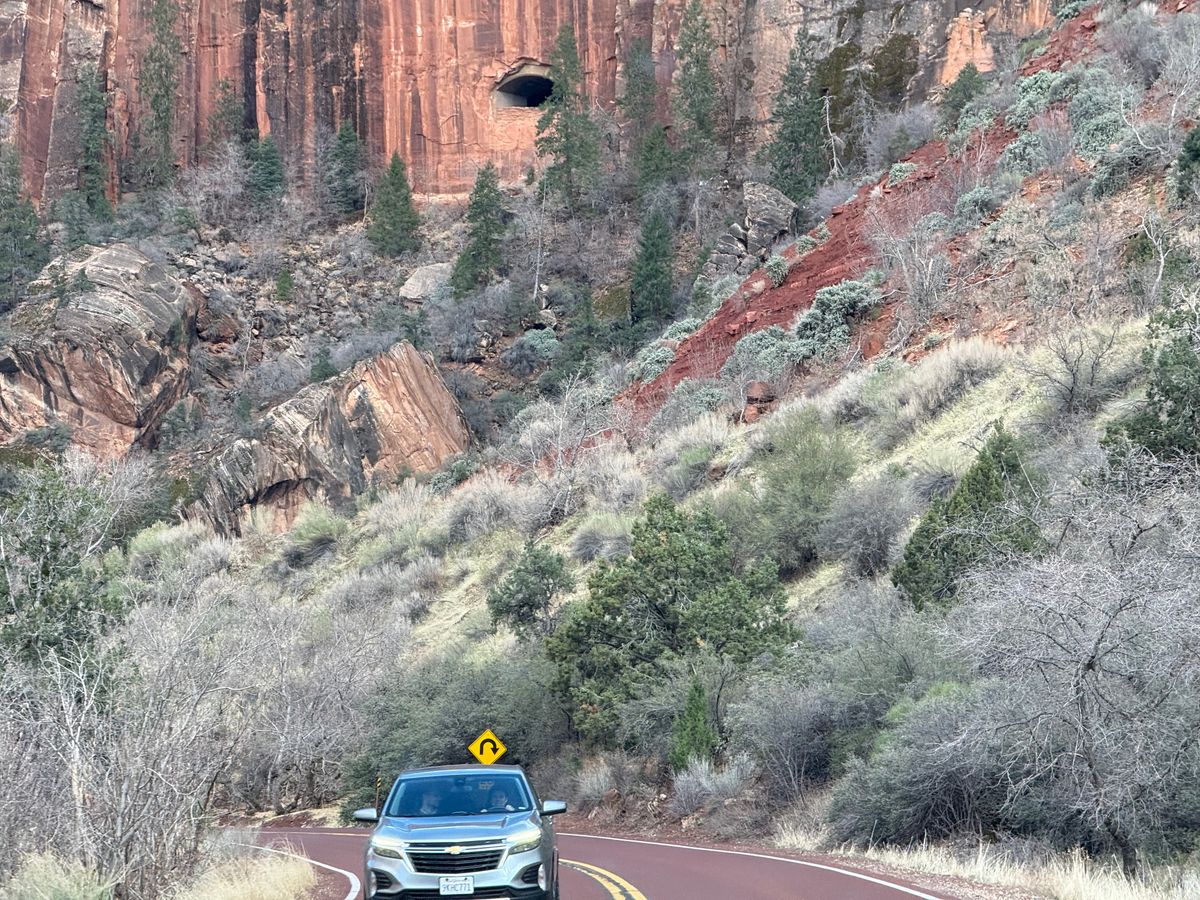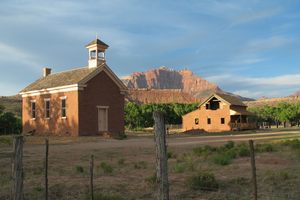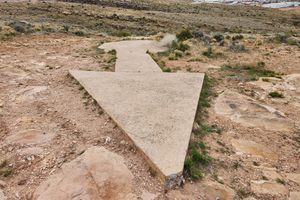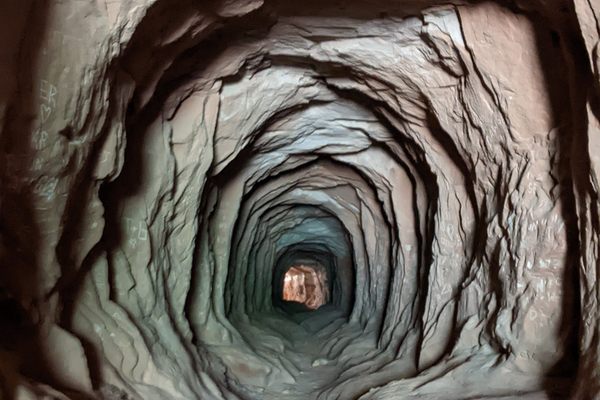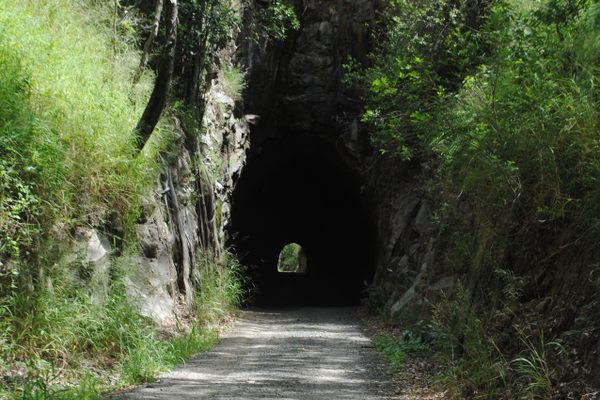About
The natural beauty of Zion National Park is undeniable but for those with an interest in civil engineering, this 1.1-mile road tunnel is an impressive structure to admire while driving into or out of the park.
The Zion–Mount Carmel Tunnel is equipped with six galleries, or openings that provide light, fresh air, and glimpses of the fantastic scenery just outside the tunnel. When viewed from the exterior, the galleries give testament to the imaginative design of the structure. During construction, the galleries were used as a means of disposing tunneling soil into the valley below.
Originally, each of the galleries had parking places to allow visitors to admire the views. But these are no longer available because of a number of accidents in the tunnel.
The tunnel was constructed between 1927 and 1930, and is part of the Zion–Mount Carmel highway, the length of which is included in the National Register of Historic Places. When the tunnel was built between 1927 and 1930, it was used to help minimize the visual impact of the highway, which was intended as a direct route between Zion, Bryce Canyon, and the Grand Canyon. The tunnel maintains a constant distance of 21 feet between the road center line and the face of Pine Canyon.
When the tunnel was dedicated in 1930, it was the longest of its kind in the United States, though it has since been surpassed by the 2.5-mile Anton Anderson Memorial Tunnel in Alaska.
Related Tags
Know Before You Go
Vehicles above a certain size (such as RVs) are required to pay a $15 fee to pass the tunnel, which is temporarily converted to a one-way system while they pass.
Bicycles and pedestrians are prohibited from entering the tunnel.
Community Contributors
Added By
Published
March 13, 2020

